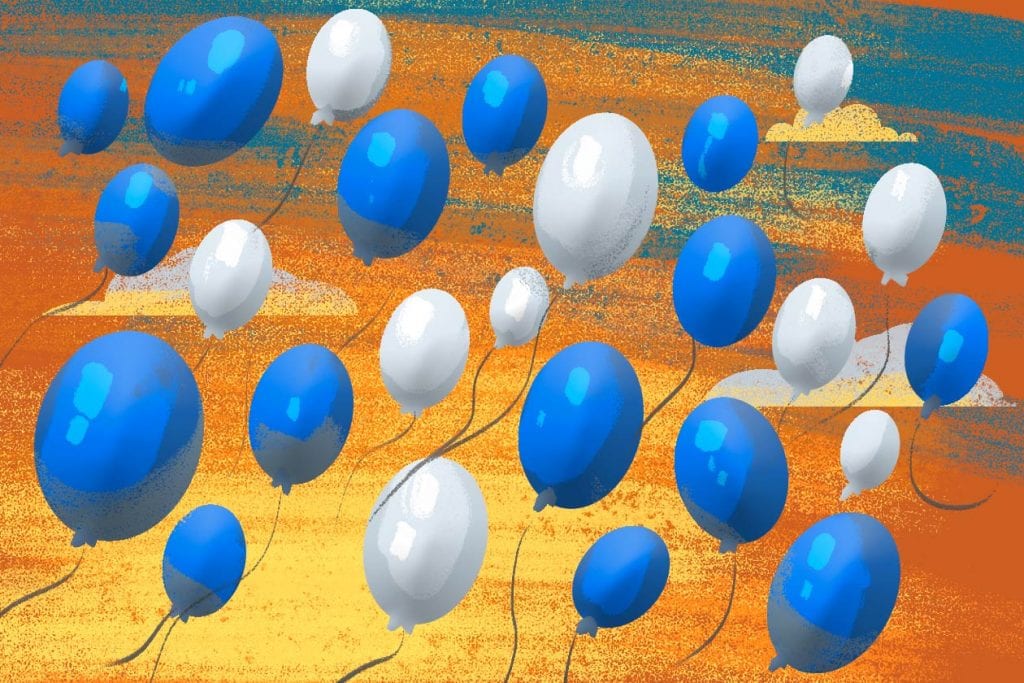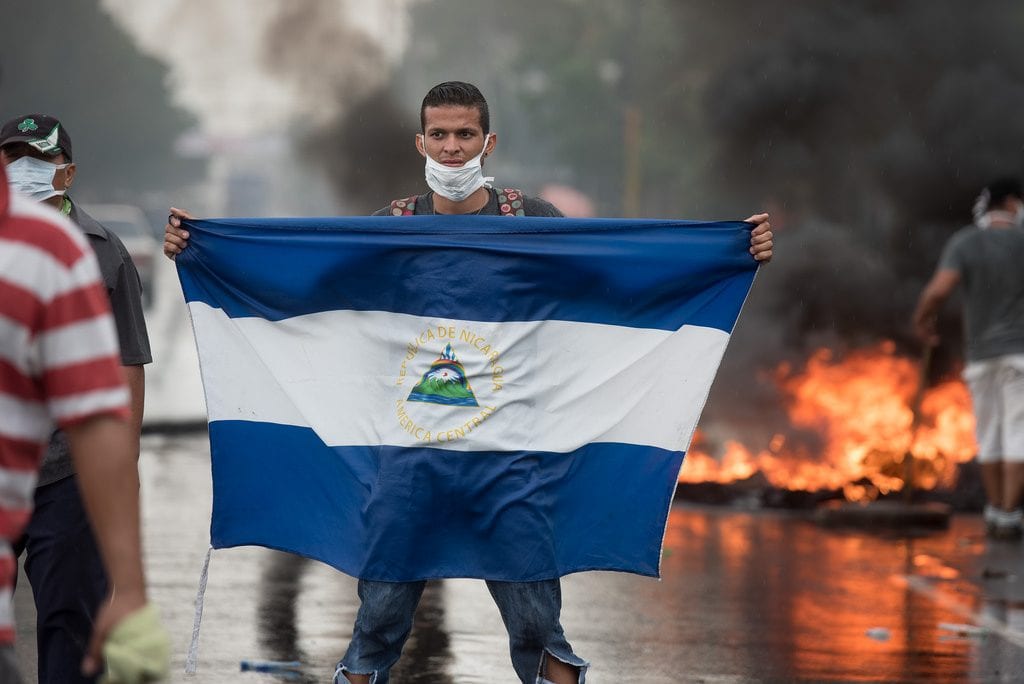What Comes after the Balloons in the Civic Struggle?
Youth state that they have to rethink new forms of protest against Daniel Ortega’s regime.

By Keyling T. Romero (Confidencial)
HAVANA TIMES – The civic struggle that began on April 18th against the regime of Daniel Ortega continues, but now it is done through alternative and creative ways to protest, such as the barrage of balloons. This was confirmed by panelists during the online discussion “What comes after the balloons?”, organized by the Free Country and Live Movement and promoted by Confidencial’s Niu magazine.
“Right now we are in a peaceful and tactical retreat, to rethink the forms of organization, and balloons are very incredible objects, but what else can we do? We have to rethink ways to organize from each nucleus. We are seeing a macro organization, but with the students that we have in each neighborhood we must rethink the struggle from different fronts,” stated Madeleine Caracas, member of the Civic Alliance.
Likewise, they mentioned that in spite of the more than 300 dead, more than 500 illegal detentions and thousands of Nicaraguans who have gone into exile during these five months of civic insurrection, many achievements have been made. One of them is government isolation.

“It’s pessimism to say that nothing has been achieved, that is not close to reality. In five months of civic struggle…the government is now alone. Before it had the United States, the business people, the Latin American left. Now we are a united country, the triumphs of the civic revolution are tangible,” stated cartoonist Pedro Molina.
On the other hand, Umanzor Lopez, of the Social Movements Coordination, stated that the government with its repression wanted to break up the civic struggle, but it also wants groups within the struggle to respond to that violence. “Their repression has two objectives: the first is to demobilize people and not having them in the streets; but, the other is that it also seeks for groups to exist that will want to respond violence with violence. If that were to happen, we would be giving them the argument that they are needing.”
Non-violent struggle is not cowardice
Historically, Nicaragua is a country that has inherited violent struggles. One of the challenges of this new insurrection is to maintain the civic forms of struggle, although many mistakenly refer to it as cowardice.
“We have inherited that to be a martyr, a hero, that giving our life is the greatest value. I understand the respect and admiration that we feel for each of those people that gave their life in combat, but we also have to try to change that slogan. For that reason, I identify a lot with many in my generation that state that you are not a coward if you do not want to be in front. You are not coward, you are not weak because you do not want to die or if you do not want to grab a weapon,” says Madeleine Caracas, a member of the University Coordination.

Cartoonist Pedro Molina, agreed that in Nicaragua “there is a wrong conception of the civic struggle, because many say that it is an act of cowardice.” Furthermore, he also pointed out that the bellicose language is very present in Nicaraguans because many were born and grew up in that context. In fact, recently words and phrases from that war context have been used.
Statistically, civic struggles are more successful than violent struggles, explained Umanzor Lopez. Because, violent struggles have a success rate of 15 percent in all cases. On the contrary, non-violent struggles succeed 85 percent of the time. Additionally, with a civic struggle it is 10 percent more likely that we can get close to a lasting and long-time democracy.
Origins of the balloon “attacks”
The use of blue and white balloons appeared in Nindiri to “raise the morale” of this municipality of Masaya that was under the occupation of the National Police after they implemented the “clean-up” operation on July of this year. From the beginning, this form of peaceful protest went viral in social networks and soon it was replicated in several parts of the country. Consequently, supporters of the government began to burst them and some of the people that have demonstrated in this way have been arrested.
“The regime showed that it is afraid of organized causes, of horizontal organization and the use of technological tools for dissemination (…) the people are already putting their creativity on the street. This is a means of protest: balloons against guns, blue and white against red and black,” said one of the young persons of Nindirí.
For our readers who can understand Spanish here is the full program:
Conversatorio | ¿Qué viene después de las chimbombas?
??? Madelaine Caracas, PxMolinA y Umanzor López conversan sobre las estrategias de lucha cívica no violenta en #Nicaragua. Conducido y moderado por la periodista Cindy Regidor.
Gepostet von Niú am Freitag, 21. September 2018





